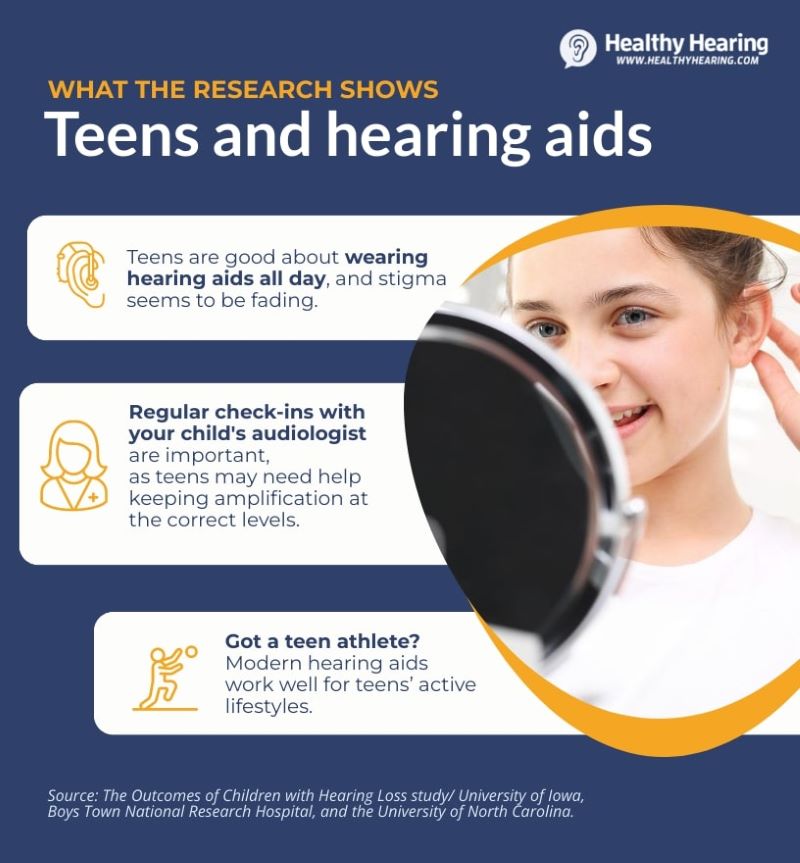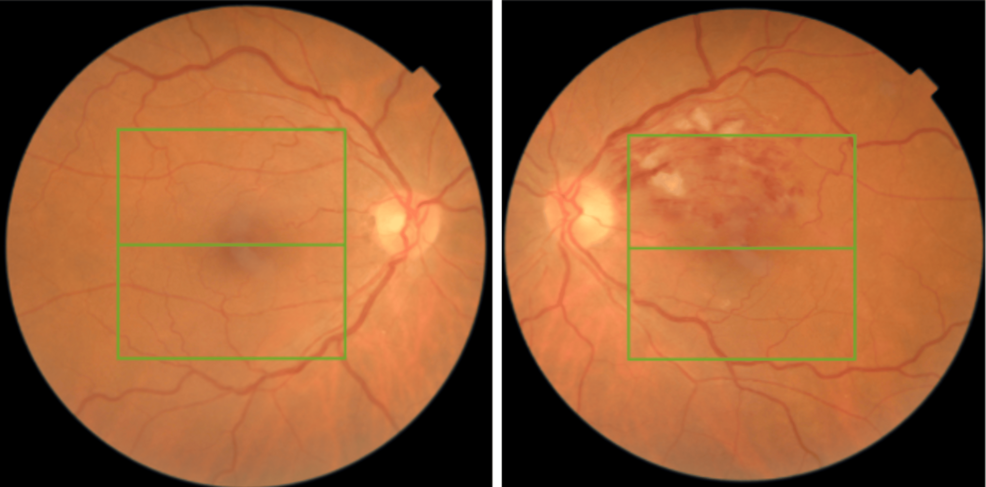Category: 6. Health
-

Want to look 25 at 40? 39-year-old coach shares what she eats daily to feel young and energised
Ageing is a natural process. However, you can control your biological age by eating a healthy diet, exercising regularly, walking at least 8k steps, and getting 8 hours of sleep daily.
What to eat to look 25 at 40. It’s the way you not… Continue Reading
-

Africa CDC Weekly Brief | 1
Africa CDC Weekly Brief | 1 – 7 December 2025 – Africa CDC
Continue Reading
-

The patient persona of the self-management experience of home-based re
Introduction
Spinal cord injury (SCI) is described as structural or functional damage to the spinal cord produced by a variety of factors that results in motor, sensory, and autonomic dysfunction below and at the site of the injury.1 In recent…
Continue Reading
-

‘New approach to vaccines needed amid worst flu season’
 Reuters
ReutersGloucestershire’s flu vaccine uptake is above the national average A county’s approach to encouraging vaccine uptake has been praised as the NHS faces what some have called the worst flu season in decades.
Charity The King’s Fund said the…
Continue Reading
-

Fatigue is a heart attack sign? Cardiologist reveals how women can miss critical cardiac warnings – Heart attack symptoms in women
After age 35, prioritize regular blood pressure, blood sugar, and cholesterol checks, especially if family history looms. Consider stress tests or heart imaging if risk factors exist. Daily habits matter enormously: eat more vegetables and lean…
Continue Reading
-

What parents need to know
Key points:
-
Hearing loss is increasingly common among US teens, likely due to increased noise exposure.
-
New in-ear hearing technology is helping to lower the stigma around teens and hearing aids.
-
Research…
Continue Reading
-
-
Noninvasive assessment of oxidative stress in pelvic organ prolapse: a feasibility study
Brown, H. W. et al. International urogynecology consultation Chap. 1 committee 2: Epidemiology of pelvic organ prolapse: Prevalence, incidence, natural history, and service needs. Int. Urogynecol. J. 33, 173–187 (2022).
Continue Reading
-

Humans are built for nature not modern life
A new analysis by evolutionary anthropologists Colin Shaw (University of Zurich) and Daniel Longman (Loughborough University) argues that the modern world has developed faster than human biology can adapt. Their work proposes that chronic stress…
Continue Reading
-

Humans are built for nature not modern life
A new analysis by evolutionary anthropologists Colin Shaw (University of Zurich) and Daniel Longman (Loughborough University) argues that the modern world has developed faster than human biology can adapt. Their work proposes that chronic stress…
Continue Reading
